Cosplay is the practice of dressing up as characters from anime, mangas, comics, movies, games, and other media, which has become a form of art and personal expression in various parts of the world. The term "cosplay" combines the English words "costume" and "play," reflecting the essence of the hobby: to dress up as a character and embody it with passion.
But have you ever wondered how this culture started and how it spread globally? Below, we will explore the fascinating origin and evolution of cosplay, its arrival in Brazil, and some of the most iconic events related to this practice.
Table of Content
The Origin and History of Cosplay
Although cosplay culture is often associated with Japan, its roots trace back to the United States. In 1939, during the first World Science Fiction Convention (Worldcon), Forrest J. Ackerman and Myrtle R. Douglas wore science fiction-themed costumes. Ackerman's outfit, called "future-costume," was a personal creation, while Myrtle drew inspiration from the movie "Things to Come" (1936). The gesture attracted so much attention that it became an annual tradition at science fiction events, laying the groundwork for cosplay.
It was only in the 1970s that cosplay began to gain popularity among manga and anime fans in the United States. The concept only gained traction in Japan in 1984, when Nobuyuki Takahashi, a Japanese producer, attended an American convention and was impressed by the creativity of the participants. Inspired, he brought the practice back to Japan, where it quickly evolved from a science fiction niche to a cultural craze, encompassing characters from manga to games and movies.
In Japan, events like "Comic Market" (Comiket), which take place in Odaiba, Tokyo, brought cosplay to life. Originally focused on the buying and selling of Dōjinshi (independent mangas), the event has become a meeting point for cosplayers to showcase their creations, helping to shape the Japanese cosplay scene we know today.
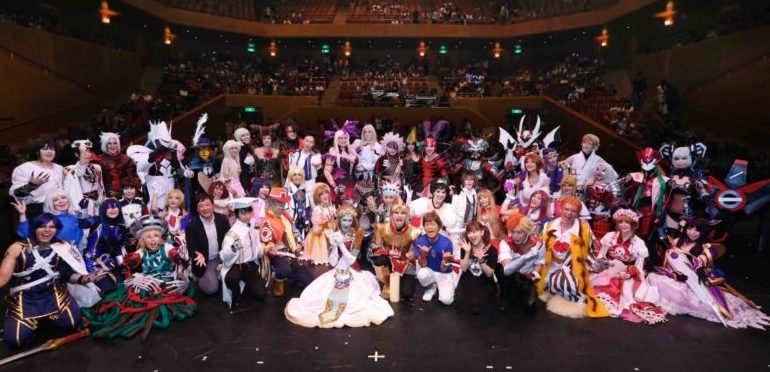
The Cultural Impact of Cosplay in Japan
Cosplay in Japan has become a true cultural phenomenon, transcending otaku events and entering the mainstream. The district of Akihabara, known as the center of geek culture in Tokyo, is one of the most famous places where cosplayers can be found daily. Additionally, places like Harajuku have become famous for the mix of alternative fashion and cosplay, attracting tourists and photographers from around the world.
Another significant impact is the emergence of cosplay themed cafés, where the staff dress up as anime characters and interact with customers, providing an immersive experience. Japan also organizes seasonal events, such as outdoor cosplay festivals at historical sites, which help keep the tradition alive and attract different audiences.
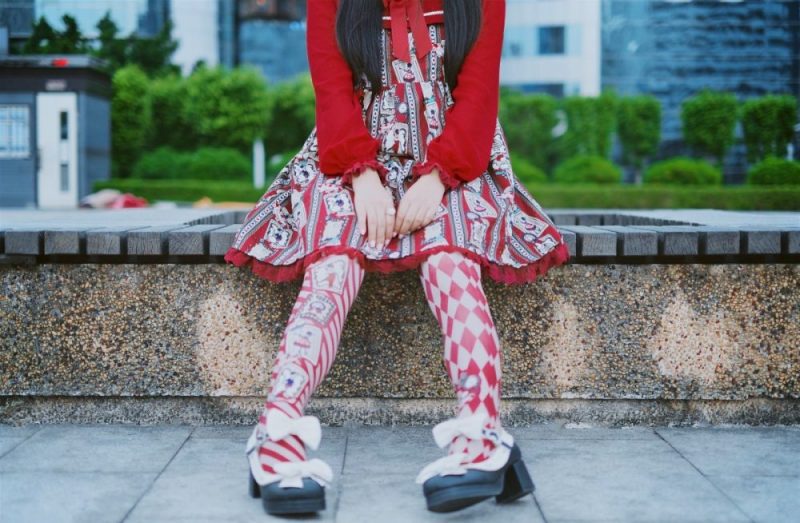
The Influence of Cosplay on Fashion and Media
Cosplay has influenced the fashion world in surprising ways. Renowned stylists have sought inspiration from the aesthetics of anime and video game characters, incorporating futuristic and fantastical elements into their collections. This influence is evident in fashion shows and the emergence of new trends like Gothic Lolita, Visual-Kei, and the very Harajuku style, which mixes vibrant colors and bold designs.
In the media, cosplay has also become popular in TV shows and documentaries that explore the effort, creativity, and stories behind the costumes. In addition, social media platforms like Instagram and TikTok have become essential showcases for cosplayers, helping them gain fans and even turn the hobby into a career.
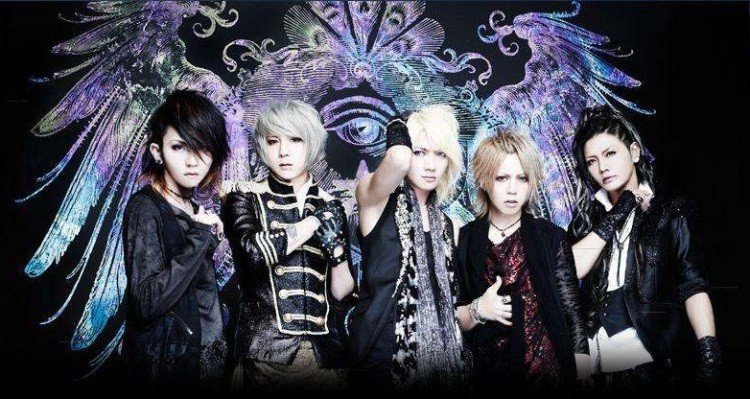
Challenges and Criticisms Faced by Cosplayers
Despite being a joyful and creative practice, cosplay is not without challenges. Many cosplayers face criticism or even harassment, especially at events where interaction with the public is constant. Another common obstacle is the high cost of creating high-quality costumes, leading some to seek sponsorships or start crowdfunding campaigns.
Moreover, there is constant pressure to improve at each new event, which can make the hobby stressful for some. Issues of cultural appropriation are also discussed within the community, as cosplayers from different backgrounds navigate cultural sensitivity when choosing certain characters. It’s an ongoing debate that helps define the boundaries of respect and representation in cosplay.
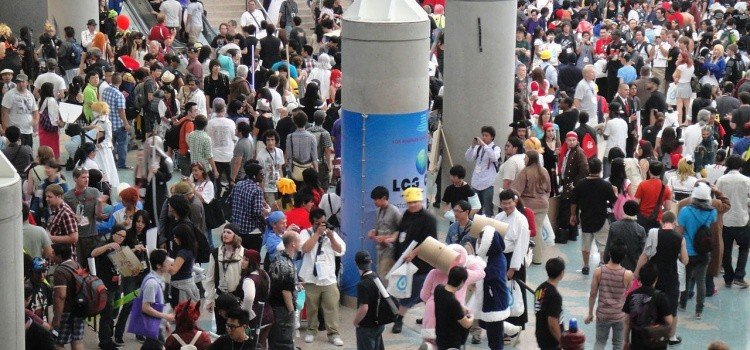
What Defines a Good Cosplayer?
Being a good cosplayer involves more than just wearing an outfit similar to a character. It's an art that requires dedication, research, and, above all, a genuine passion for the chosen character. Here are some aspects that make a cosplayer memorable:
- Fidelity to the CharacterA good cosplayer pays attention to detail, replicating the costume accurately and with high-quality materials. Many spend months preparing their outfits and accessories.
- Attitude and InterpretationIncorporating the character's personality is essential. Cosplayers go beyond appearance and dedicate themselves to mimicking expressions, gestures, and speech, transforming the experience for fans who interact with them.
- Interaction and CharismaCosplay is also about entertainment. Those who stand out not only dress well but also know how to make people smile or be impressed with their performance. They transform casual encounters into magical moments for admirers of all ages.
Another important point is that many cosplayers do not seek profit. For most, cosplay is a hobby fueled by love for pop culture and the desire to make friends who share this passion. It is not uncommon to see cosplayers paying tribute to other artists or characters that inspire them, adding a touch of authenticity and emotion to their work.
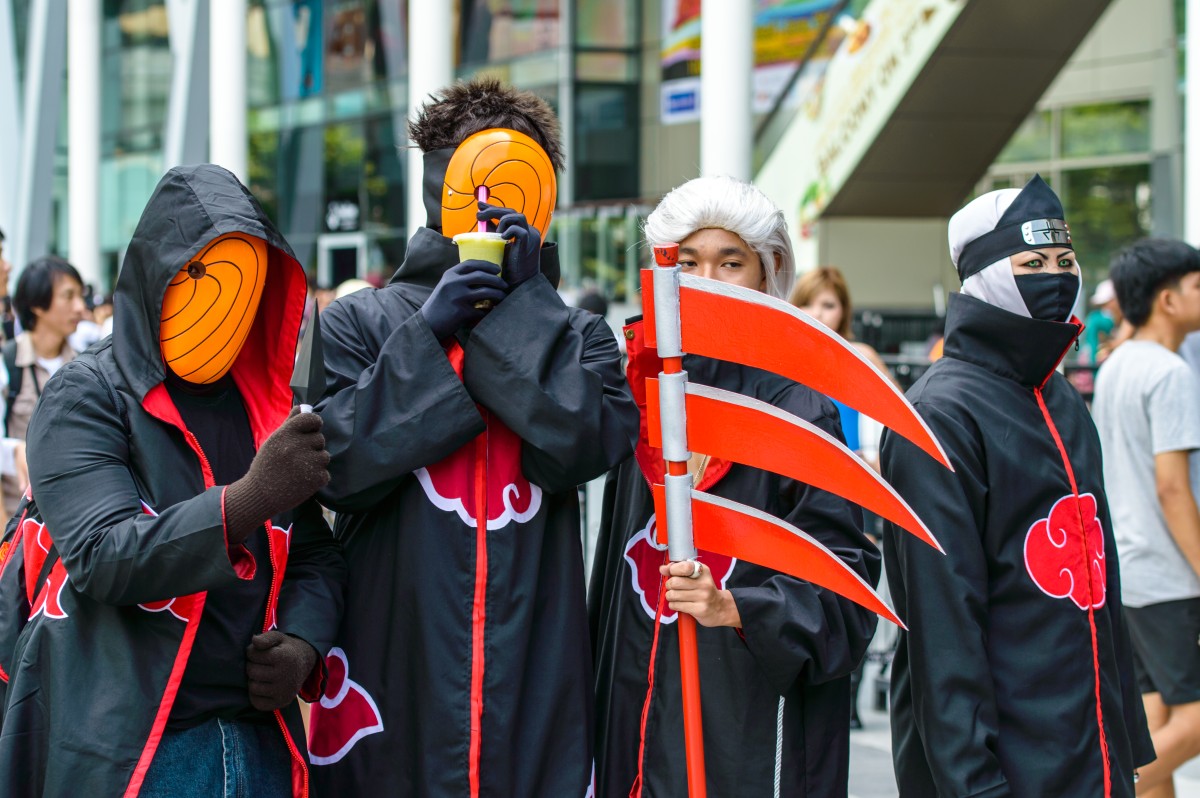
Most Iconic Cosplay Events
- Anime Expo (Los Angeles, USA)Considered the largest otaku culture event in North America, Anime Expo attracts fans from all over the world. With over 24 years of history, the event is famous for its cosplay competitions, live shows, panels with voice actors, and even workshops that teach makeup techniques and costume creation.
- Japan Expo (Paris, France): Held for over 16 years, Japan Expo is one of the largest Japanese culture events in Europe. Participants can expect an explosion of cosplay, Gothic Lolita fashion shows, Visual-Kei performances, and origami workshops. It is also an opportunity for fans to meet renowned mangakás and J-Pop stars.
- World Cosplay Summit (Nagoya, Japan)Known as the "World Cup of Cosplay," the World Cosplay Summit brings together the best cosplayers from around the world to compete for the title of champion. The competition is so intense that many participants dedicate years preparing. In addition to the performances, the event promotes cultural interaction, with parades and parties that celebrate the art of cosplay in grand style.
